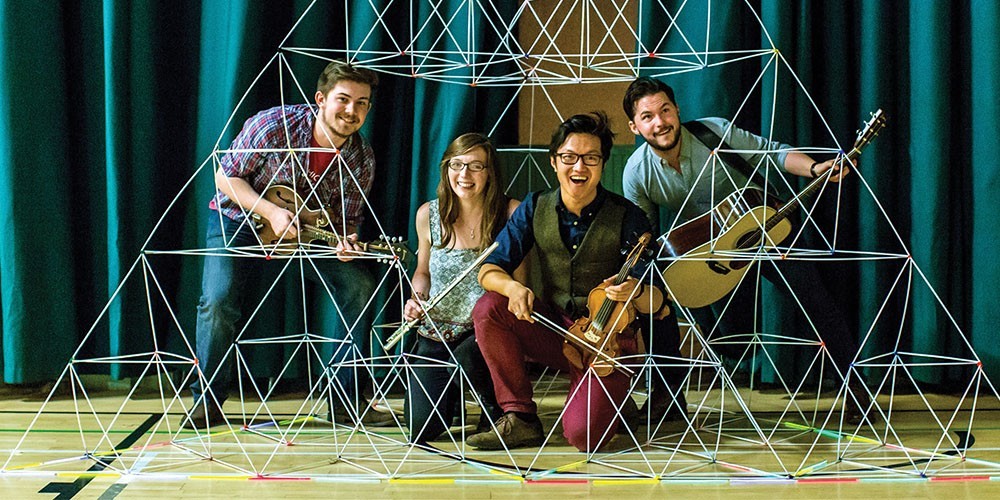What if I told you that I could explain why the sky is blue through dance? All I would need is a fiddle player, a flautist, and a guitarist. By the end of it, we would all be dancing around like particles, hopefully with a better understanding of how the world around us works. This is exactly what neuroscientist and fiddle player Dr Lewis Hou does on a daily basis. Sitting through a boring science class with a teacher blabbing on about how important the information is might be a scene way too familiar for all of us. The science ceilidh (a traditional Scottish dance) aims to combat this misconception that science is all about memorising facts. Bringing people together to better understand and represent the processes within science through interpretative dance and other arts, the ceilidh has been proving a fruitful way of engaging people who would normally not be interested in science or research. ‘For us, that’s a really important guiding principle— reaching beyond those who usually engage,’ says Hou.
It all starts by bringing everyone together in one room. Researchers, musicians, and participants all get together. Researchers kick off the conversation by explaining what their work is and why it is relevant. Hou then helps the rest of the group break the scientific process down into its fundamental steps, be it photosynthesis, cell mitosis, or the lunar eclipse. The next step is translating each of the steps into a dance. And this is where everyone gets involved.
For us, that’s a really important guiding principle— reaching beyond those who usually engage.
Thinking back on how the idea came together, Hou says his first motivation to combine dance and science came when he was playing music and calling ceilidhs, all while attending as many science festivals as he could. ‘I realised there’s a big crossover with the spirit of folk music and dance—it’s all about participation and sharing. Everyone takes part even if they aren’t experts—and that is what we want to achieve in science communication. We want to encourage more people to feel able to participate without being scientists.’
‘Importantly, the nice thing about ceilidh dance is that they might be simple, but it also means that many people can join in and dance,’ emphasises Hou. Back in the studio, aft er having understood the science and its concepts, everyone works together to create the choreography. The science merges with their artistic interpretation. It is no longer something out of reach; it is now owned by everyone in the room.





Comments are closed for this article!